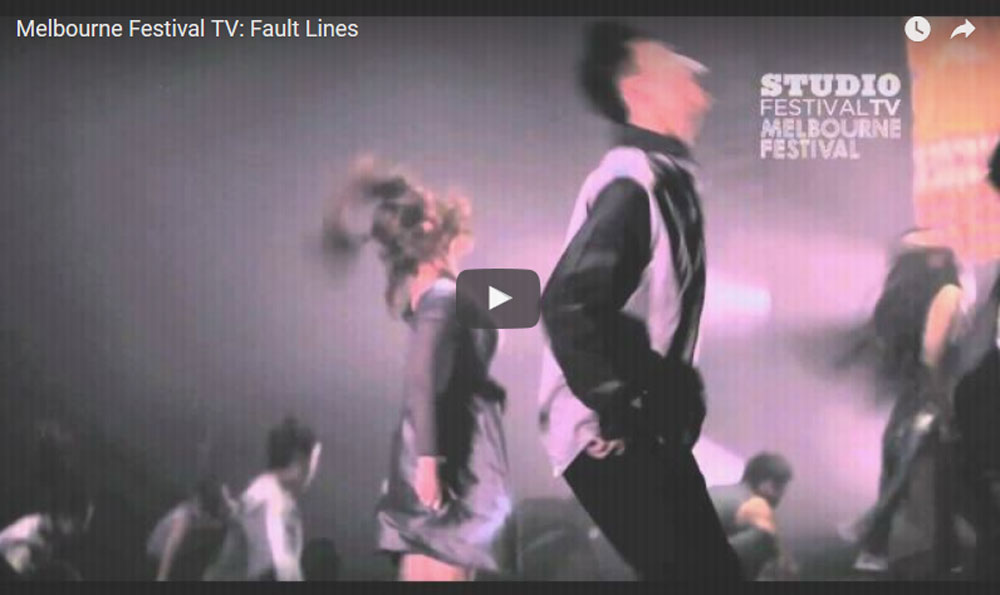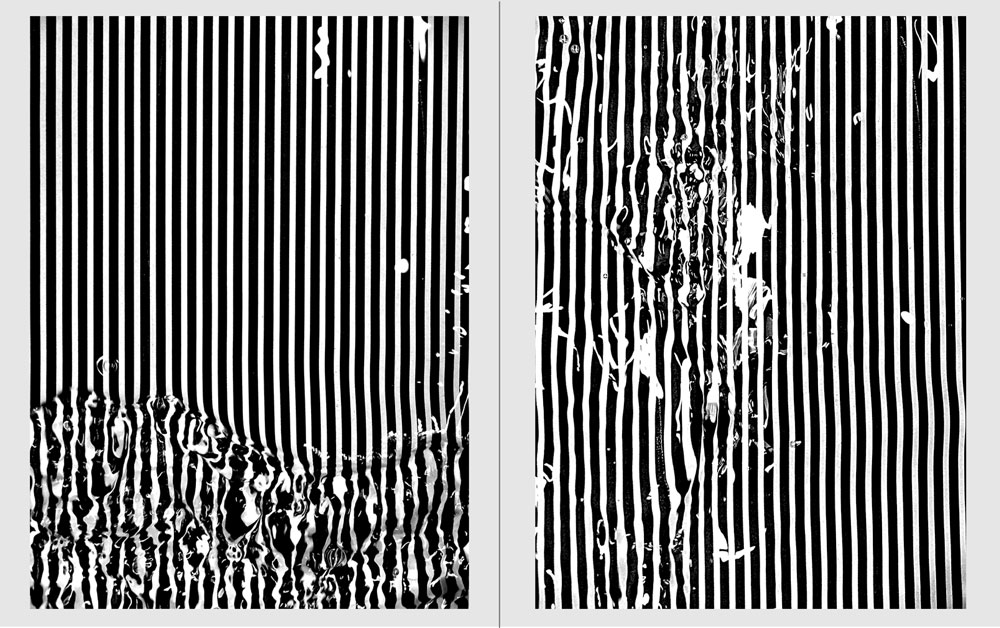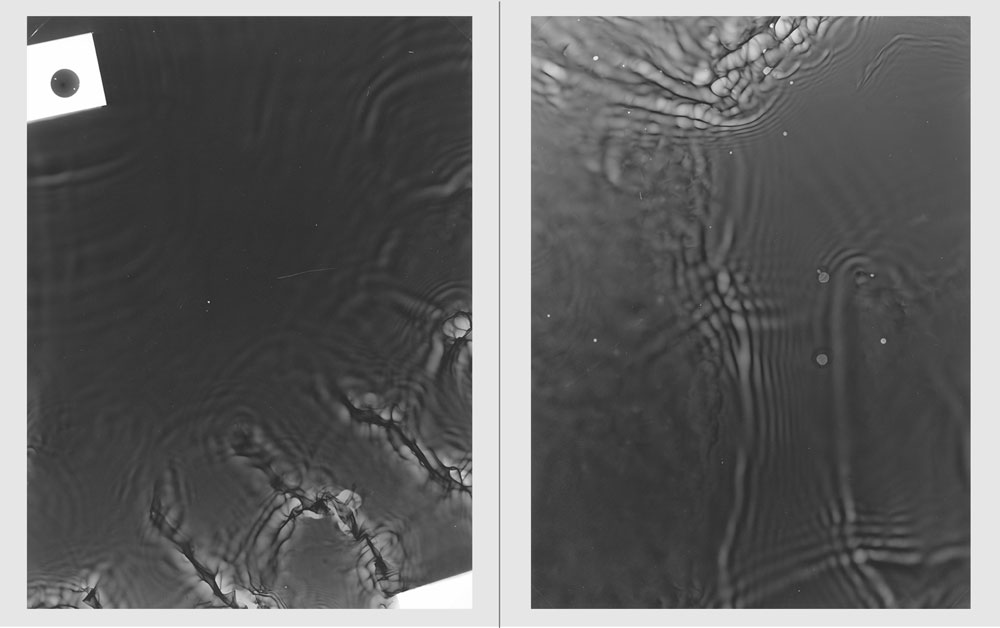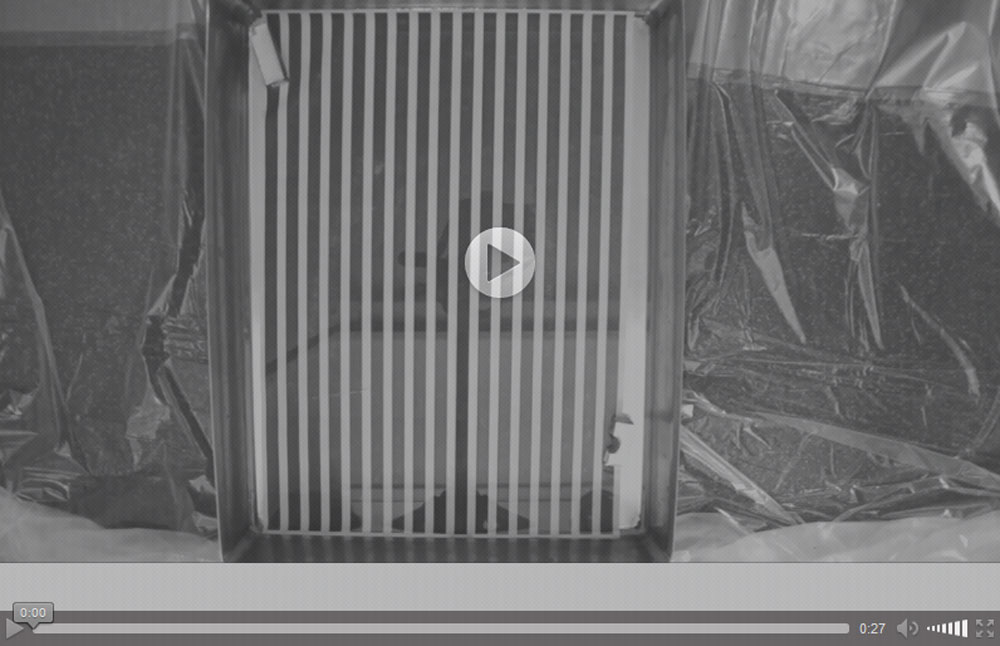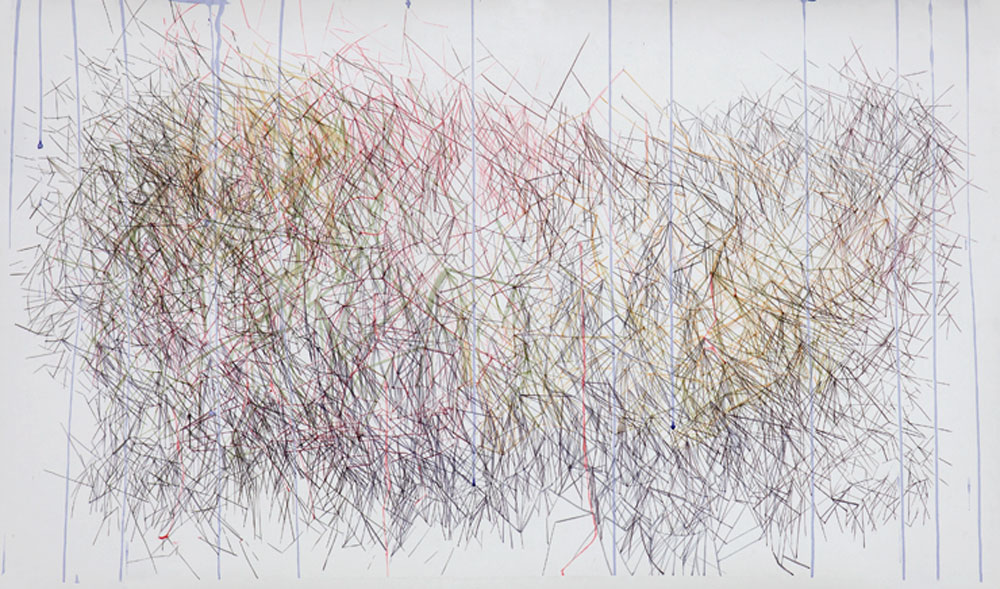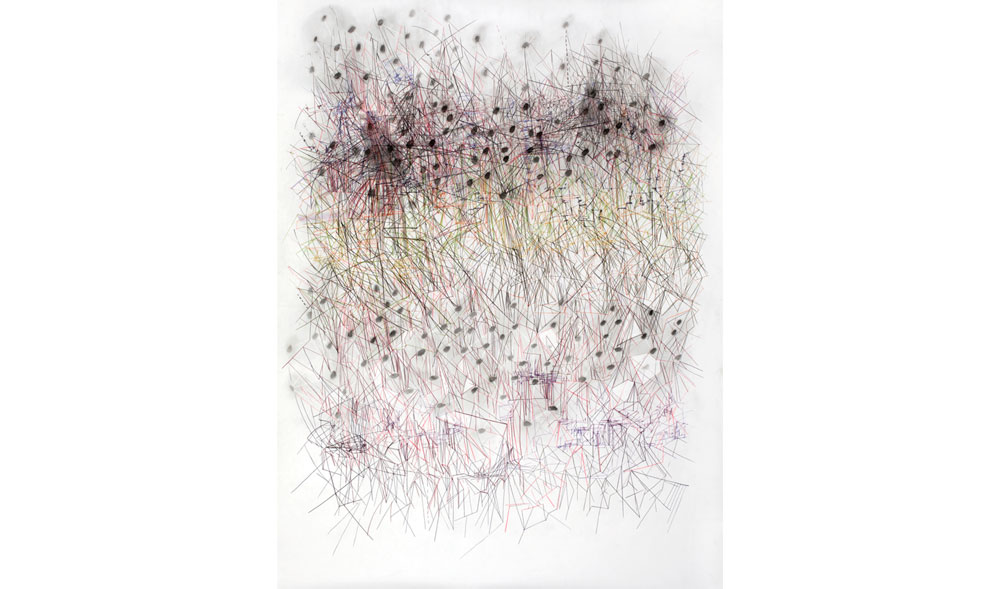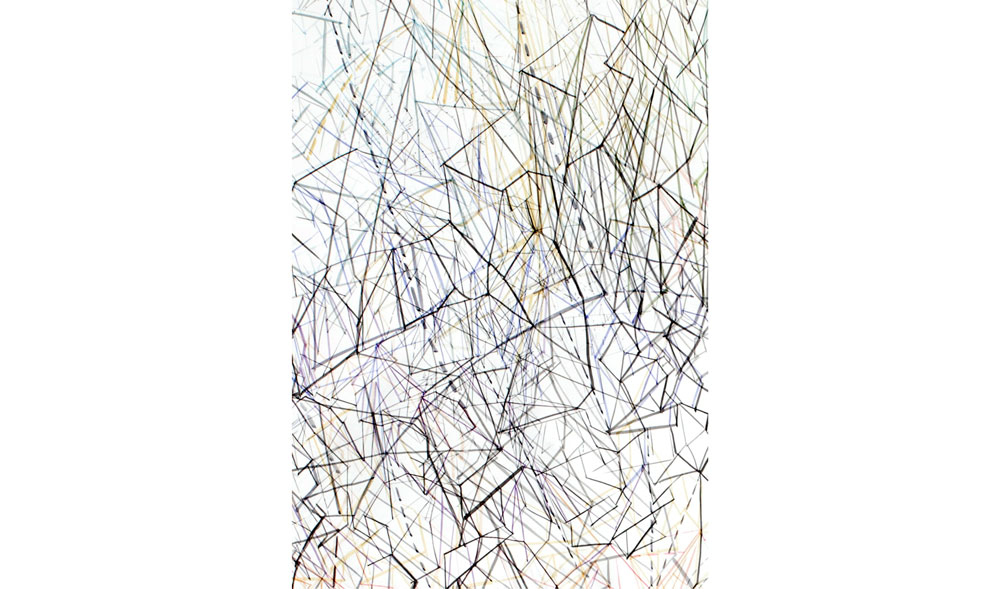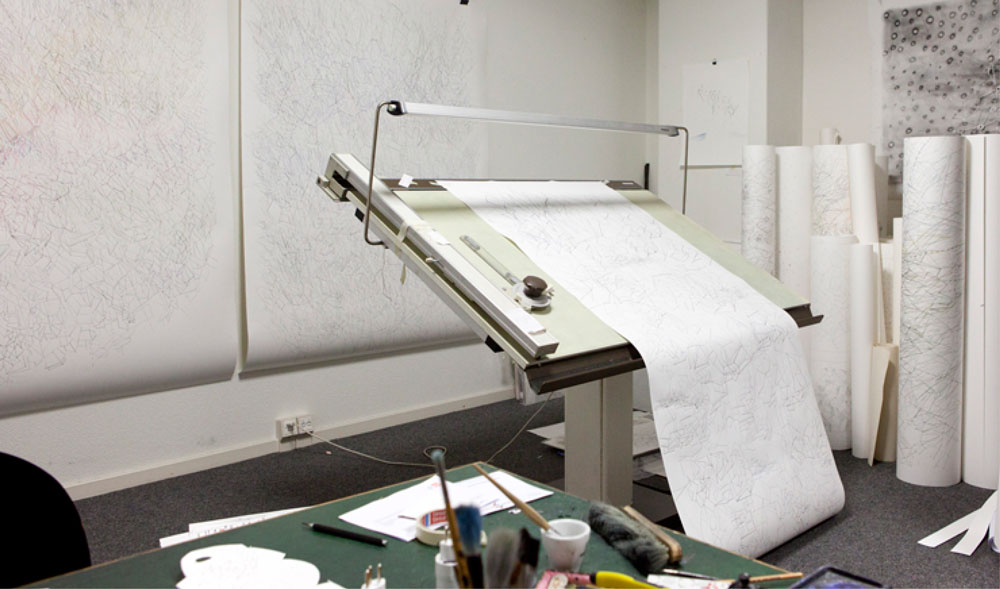Earthquakes in Art
Not only scientists deal with earthquakes – all kinds of artists are fascinated and inspired by this natural phenomenon.
Listen to the sounds of earthquakes, look at pictures and photographs, or immerse yourself in the world of dance.

The dance piece “Fault Lines” provides an intimate story of the life-changing consequences of a major earthquake, in which everybody involved knows exactly what they are saying or dancing. Each of the roughly 20 dancers lived through the earthquake in Szechuan (China) in 2008, which had a magnitude of 7.9 and caused 69,000 deaths. Sara Brodie (the choreographer of the piece) had a similar experience in the devastating earthquake in Christchurch (New Zealand) in 2010, which had a magnitude of 7.1.
Take a look at the video about the moving performance of “Fault Lines” (© Melbourne Festival).
As part of her bachelor’s thesis in visual communication at the Zurich University of the Arts, Ramona Tschuppert spent a day in the earthquake simulator at the SED. She implemented a series of experiments in which she used specially created exposure methods while the data of real earthquakes was played in the simulator. The different vibrations resulted in fascinating pictures.
© The rights for the images and the video in this item belong to Ramona Tschuppert.
Planet earth is a dynamic system in which small- and large-scale movements constantly occur. Some of these take place within seconds, some over millions of years. What would it be like if we could hear these movements? This is exactly what Wolfgang Loos (Berlin-based composer and sound engineer) and Frank Scherbaum (professor of geophysics at the University of Potsdam) are putting into practice. During long nights working in the recording studio, they transformed seismic data from earthquakes and volcanoes into the sonorous symphony "Inner Earth".
Listen to an original piece from the CD “Inner Earth” (© Traumton Records).
Frank Scherbaum:
The earth is constantly in motion. This takes place on timescales that we do not necessarily notice. The earth builds mountains over timescales of millions of years, while over timescales of seconds, it vibrates continuously due to wind and traffic. The earth is not at rest, but rather constantly in motion. [...] Everything that can vibrate can also make sounds.
Wolfgang Loos:
In the beginning, the results were quite disappointing. After transformation into the audible range, there was some crackling or a short plop, a brief noise. It was impossible to listen to with interest. [...] But after I worked on them a bit more, I found melodies – very large, long arcs. These seismic measurements were made over days, weeks, months. When I transform them into the audible range and also shorten them, I get material that is 10, 20, 30 seconds long. And then you can hear the structures that you would expect. You can hear a certain regularity in the overtone, but also interesting deviations. You could never simulate them with a synthesizer.
From a piece from the Radio SRF 2 Kultur; translation of some excerpts by the SED.
Over several years, Zurich-based artist Irene Weingartner has developed a system to produce seismographic recordings. The human body receives signals from its surroundings. The brain converts these signals and passes them on to the arms and hands, where they are placed on paper using a brush and ink. This results in works that give the impression of a confusion of lines at first glance. However, on looking more closely, one discovers numerous different patterns and details that invite a variety of subjective interpretations. Each seismographic recording shown in this gallery was created over several weeks of work in Weingartner’s studio in Zurich.
© The rights for the images in this item belong to Irene Weingartner.
